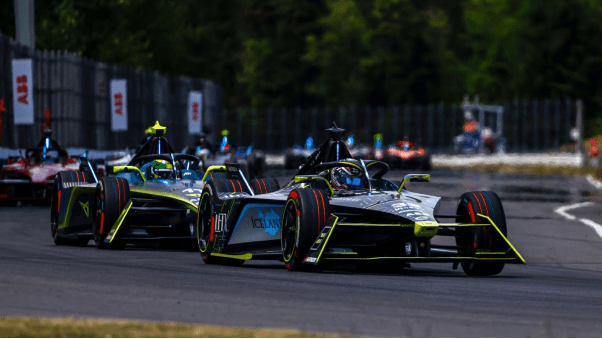
Formula E’s Decade of Innovation: Has Electric Racing Met Expectations and Secured Its Place in Motorsport?
Fiona Nanna, ForeMedia News
6 minutes read. Updated 9:01PM GMT Sat, 20July, 2024
When the FIA unveiled Formula E in 2014, it wasn’t just introducing a new racing series; it was heralding a new era of motorsport with the tagline “Drive The Future.” This ambitious championship aimed to disrupt the traditional motorsport landscape dominated by internal combustion engines, offering a glimpse into a more sustainable and technologically advanced future.
A Decade of Growth and Challenges
As Formula E approaches the conclusion of its 10th season with a double-header in London, it’s time to evaluate how the series has fared since its inception. Initially envisioned as the electric equivalent of Formula 1, Formula E has evolved significantly over the past decade.
Lucas di Grassi, Season Three Champion, Weighs In
“A lot of people now know that ‘electric Formula 1’ is Formula E,” says Lucas di Grassi, the Brazilian driver who clinched the championship title in Season Three. “The championship was a start-up; now it’s a consolidated, multi-continent, multi-national, multi-manufacturer series that still has a lot to improve, but has grown massively from the start.”
The concept for Formula E was conceived in 2011, when founder Alejandro Agag and former FIA president Jean Todt sketched out the idea for an all-electric street circuit championship on a Paris restaurant napkin. From its early days focused heavily on environmental sustainability, Formula E has broadened its core values to include a stronger emphasis on social impact and creating a lasting legacy in the cities it races in.
Broadcasting and Audience Growth
One of the pivotal elements for any sport’s expansion is its broadcast reach. Formula E has experienced a fluctuating journey with television coverage. Initially broadcast on various UK channels including the BBC, ITV, Channel 4, and Channel 5, the series faced challenges with consistency. In December 2023, Formula E signed a deal with TNT Sports, which placed Season 10 behind a paywall in the UK, though the London finale will be available on Quest.
According to McLaren Racing CEO Zak Brown, the biggest challenge Formula E faces is increasing its viewership. “Definitely more free-to-air,” he emphasizes, noting that the sport’s visibility needs to improve. Formula E’s CEO Jeff Dodds acknowledges the investments made by TNT Sports and other major broadcasters in markets like China, Japan, and India, but admits that the series’ frequent shifts in UK TV channels have hindered its growth.
Technological Innovations and Evolution
When Formula E began, all teams used the same Spark-Renault SRT 01E car, with technology provided by F1 giants McLaren and Williams. Early challenges included limited battery range and slower speeds compared to F1 cars. The series has made significant strides since then. The current ‘Gen 3’ car reaches speeds of 200mph, an impressive advancement from the initial 140mph top speed.
ABT Cupra driver Lucas di Grassi reflects on the rapid technological advancements in electric racing. “The technology continues to develop at a fast pace, no different from mobile phones. The trajectory of battery technology is similar,” he notes. This progress is crucial for enhancing public perception and engagement with the sport.
Manufacturer Involvement and Future Prospects
Formula E has attracted several major manufacturers, including Jaguar, Audi, BMW, and Mercedes. However, by the start of the 2022-23 season, these German brands had exited to focus on other projects. Despite this, Porsche has remained committed, extending its involvement until 2030. “If racing is in your DNA, like Porsche, and you’re going to be producing only electric cars, then it’s perfectly logical to race in a world championship that’s electric,” says Dodds.
Looking ahead, Formula E is preparing for its next evolution with the ‘Gen 4’ upgrade set to debut in Season 13. This new chapter will see continued participation from manufacturers like Porsche, Nissan, and Jaguar. McLaren Racing’s Zak Brown highlights sustainability as a key factor in their commitment to Formula E, complementing their F1 efforts and reinforcing their dedication to environmental responsibility.
As Formula E concludes its 10th season, it is clear that while the series has made significant progress, it still faces challenges. From improving broadcast reach to advancing technological innovations, Formula E is navigating a complex path as it continues to grow. With its focus on sustainability and technology, the championship is poised to remain a significant player in the motorsport world.

